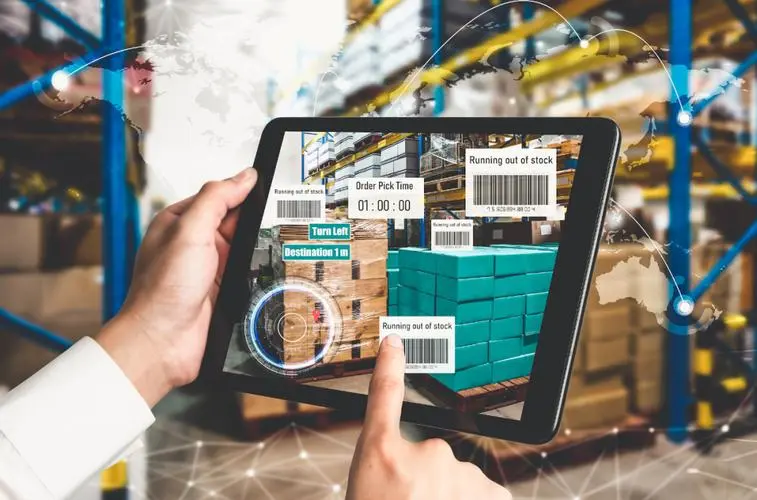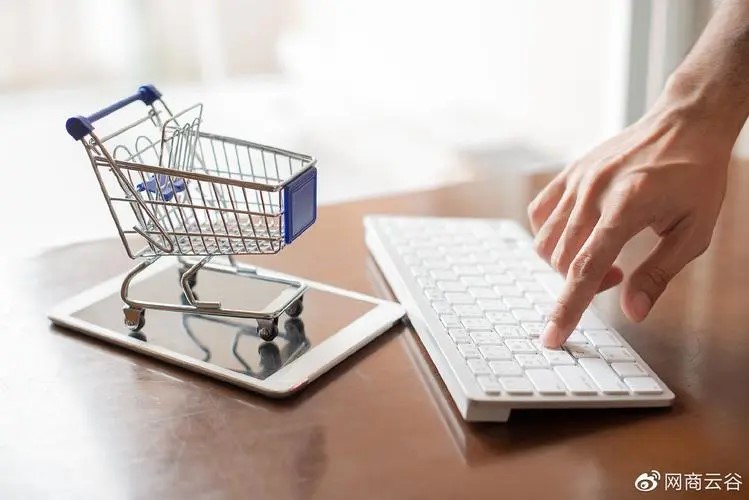1. Market size continues to expand: The online retail sales of physical goods in China continue to grow, reaching 13.0 trillion yuan in 2023, with a growth rate of 8.4%. This indicates that the e-commerce market still maintains a strong growth momentum, although the growth rate has slowed down, the potential demand in the market is still significant.
2. Large scale of users: The scale of online shopping users in China is huge. As of December 2021, the scale of online shopping users in China has reached 842 million, accounting for 81.6% of the total number of netizens. This data indicates that the e-commerce market has a wide user base and enormous market potential.
3. Diversified competitive landscape: E-commerce platforms are fiercely competitive, forming a diversified competitive landscape. Including shelf platform e-commerce, content e-commerce and instant e-commerce, such as Tmall, JD, Pinduoduo, Tiktok, Xiaohongshu, etc.
4. Technological innovation and content ecology: In the era of peak traffic, e-commerce channels no longer only focus on daily active users (DAU), but also pay more attention to indicators such as user stickiness and user viewing time. A high-quality content ecosystem has become the key to enhancing user stickiness. Short videos, live streaming, and other forms of entertainment and interactivity can effectively guide and stimulate consumption.

1. Diversified competitive market: The original "oligopoly monopoly" pattern is gradually being replaced by a "diversified" competitive market, which means more players will enter the market, bringing more intense competition and more choices to consumers.
2. Technological innovation and integration: Online e-commerce platforms and offline physical platforms are trending towards integration, which will help improve user experience and service quality, while also promoting further development of the e-commerce industry.
3. Safety, integrity, and legislation are gradually improving: The issues of safety, integrity, and legislation in e-commerce are gradually improving, which will provide legal protection and support for the healthy development of the e-commerce industry.
4. Globalization development: With the advancement of globalization, cross-border e-commerce will become an important development direction for the e-commerce industry, but at the same time, it will also face the challenge of strengthening e-commerce tax collection and management in multiple overseas countries.

Having an online store is critical to the success of a business — now more than ever.
Global ecommerce sales are expected to grow to $6.4 trillion by 2024.
And it isnt just important to have an online channel. To meet rising customer expectations, it’s increasingly important to provide customers a seamless buyer journey from online to offline and back again.
What Does an Ecommerce Point-of-Sale Integration Look Like?
First, let’s set the scene.
What exactly is an ecommerce POS system? Put simply, it’s a digital solution that allows you to process orders, schedule appointments or transactions across various channels.
In the offline sense, you may be familiar with using POS hardware, like a cash register for example. How do you take that cash register and connect it to your new online store?
Depending on your current situation, you may need to upgrade to an integrated point of sale system. This is a POS that is an online free booking app that can also handle both online and offline orders and transactions. You’ll still have necessary hardware and software — like your cash register or contactless card reader, but, you’ll experience more enahnced analytics and more organized inventory management by syncing your systems to this free appointment scheduling system. Plus, your new and improved POS system can handle payment transactions for you.
6 Benefits of an Ecommerce POS Integration
For customers who have an offline and online store, POS integration is a vital component for more reasons than one.
Here’s a more in-depth look at some of the specific advantages.
1. Sell in more places at the same time.
Remember, the goal is to be where your customers are. You physically cannot be in multiple places at once, but your ecommerce POS integration can.
By integrating your offline and online channels into one POS, you’ll gain a holistic view of your customers and business without the stress of adding up numbers manually.
2. See inventory in real time and avoid over-selling.
Any business owner or ecommerce manager knows how crucial it is to streamline your inventory management.
By having a direct line of sight to inventory, you won’t have to worry about over-selling products and cutting your customers’ orders. This is particularly important if you want to operate a buy-online-pickup-in-store (BOPIS) or click-and-collect model. Customers need to know that the item they order for pick-up at your store will be there.
3. No longer manually input data.
Integrating an ecommerce POS system rids you of having to manually input data. Being able to manage your product information in one place and not having to update it yourself is a huge value add. If the POS syncs order info from online orders (or vice versa) that’s also one less place you have to reconcile data.
4. Offer cross-channel promotions and discounts.
Many ecommerce platforms make it easy to enable promotions within their own system, but a POS system integration takes it a step further.
Add a layer of personalization and customization to your store by enabling promotions with your POS system.
5. Learn more about customers and leverage that data.
Just like most technologies you integrate in your business, they can help you learn a lot about your customers.
6. Improve the customer experience.
By connecting your POS system to your online store, you create a seamless experience for your customers. You’re allowing them to pay in various ways thanks to POS software, make online ordering seamless and even integrate marketing initiatives like loyalty programs.
Conclusion
In 2024, customers expect lightspeed interactions and the highest quality of satisfaction.
Expanding your business online, bridged together with your brick-and-mortar business, can offer an amazing shopping experience for your customers.
An ecommerce POS integration is the key that will unlock this. Even better, there are plenty of options available for your business to use, whenever you're ready.